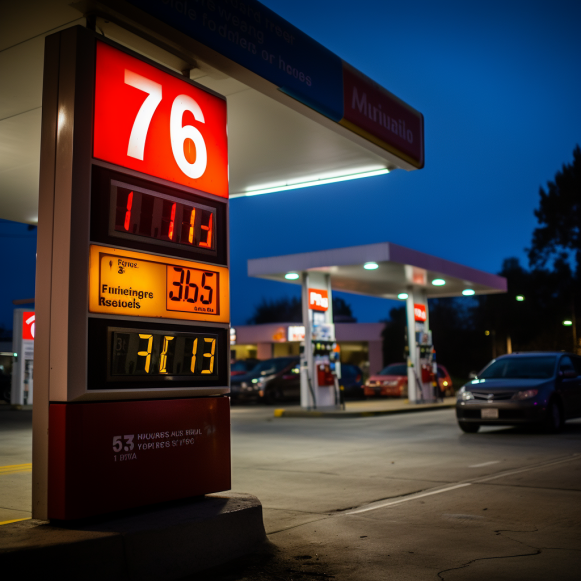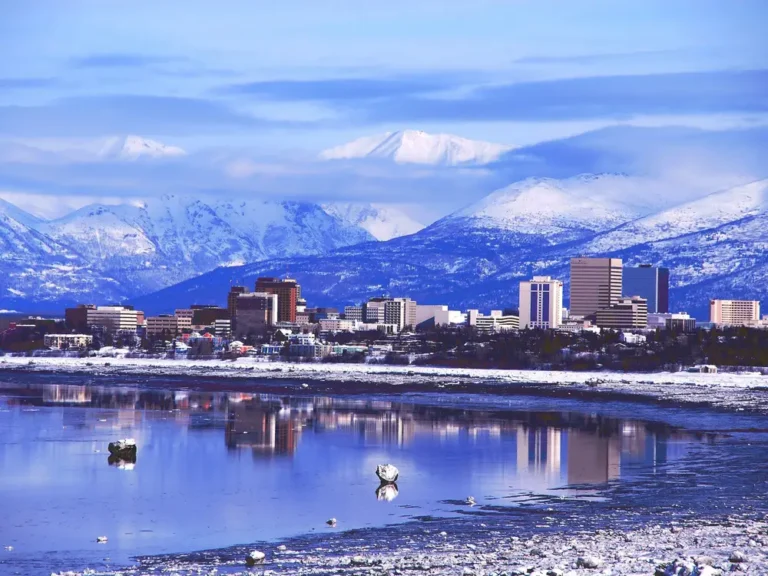Gas is rapidly approaching $6 in California

New York City — Pump prices are rising across the country, particularly on the West Coast.
Gas prices in California are rapidly approaching $6 per gallon. The state average has risen by 31 cents in the last week alone, to $5.79 per gallon, according to AAA.
The increase has been even more pronounced in the Los Angeles-Long Beach metropolitan area, where gas prices hit $6.07 per gallon on Wednesday, up 49 cents in a week.
But it’s not just California drivers who are feeling the pinch. Gas is now $4 a gallon on average in 11 states, including $5 or higher in Washington and Nevada.
Nationally, gas prices are still well below the June record of $5.02. Nonetheless, according to AAA, US gas prices rose this week to $3.88 per gallon, the highest level of the year.
And oil prices, the primary driver of retail pump prices, continue to rise, owing in large part to Saudi Arabia and Russia’s desire.
US oil prices rose to a 10-month high of nearly $94 per barrel on Tuesday, boosted by those two countries’ aggressive supply cuts, before falling below $91 on Wednesday.
Consumers, particularly lower-income families, are suffering as a result of the increase in gasoline prices. It’s a stark reminder of the current cost of living.
And the recent increase in gas prices is giving some people in Washington a headache.
Pain at the pump will only exacerbate President Joe Biden’s political difficulties. Voters have a long history of blaming whoever is in the White House, fair or not.
The recent rise in energy prices complicates Federal Reserve Chair Jerome Powell’s and his colleagues’ mission to control inflation. However, Fed observers believe Powell is unlikely to overreact to near-$4 gasoline.
The good news is that energy prices are not yet approaching levels that would pose an immediate threat to the US economy.
“History says we are nowhere near having to worry about rising oil prices tipping the US economy into a recession,” Nicholas Colas, co-founder of DataTrek Research, wrote in a note on Tuesday.
According to Colas, oil prices must double in a year or less before a recession is unavoidable. That would require oil prices to skyrocket all the way to $140, a level that not even the most ardent oil bulls are advocating.
“We would need much higher oil and gasoline prices for the consumer to crack,” said RSM’s chief US economist, Joe Brusuelas.
Will prices finally cool off?
Fortunately, some energy experts believe that gas prices are at or near their peak.
Andy Lipow, president of Lipow Oil Associates, predicts that prices east of the Rockies will fall by five to ten cents per gallon in the coming days. He cited falling gasoline futures, “adequate” gasoline inventories, cooling demand, and the end of hurricane season.
According to Lipow, California gas prices are “peaking” and will “start to moderate” as imported gasoline cargoes arrive.
Lipow attributed the recent price increase in California and neighboring states primarily to a series of refinery outages.
Of course, a lot is dependent on what happens next in the volatile oil market. That could be decided by OPEC+.
According to Goldman Sachs, if Saudi Arabia and Russia do not reverse their supply cuts by next year, Brent crude could reach $107 per barrel.
Citigroup told clients on Monday that geopolitics could push oil above $100 per barrel “for a bit.” However, the bank claimed that “$90 prices look unsustainable” and forecasted that US oil would fall below $70 per barrel by the second quarter.
‘$100 is just another number for the Fed’
All of this uncertainty complicates matters for Powell and the Fed.
The main reason for the increase in headline inflation in August was the rise in gas prices. In September, the same thing could happen.
“When oil prices rise, it is difficult for a central bank.” “It’s a constant reminder that prices are volatile,” said Vincent Reinhart, a former Fed economist who is now the chief economist at Dreyfus and Mellon. “And the Fed has no control over oil prices on a daily basis.”
Nonetheless, Fed watchers do not expect a significant impact on Fed policy unless prices rise significantly. This is because core inflation, which excludes food and energy, remains low. High energy prices also take time to feed into core inflation.
“The Fed will acknowledge the rise in energy prices but will largely ignore it,” RSM’s Brusuelas predicted. “$100 is just another number for the Fed.”
Wall Street is confident that the Fed will not raise interest rates at its meeting on Wednesday. The futures market is pricing in a 99% chance that rates will not change at this meeting.
However, Reinhart believes Fed officials will “pencil in” one more quarter-point rate hike through the end of the year on Wednesday. “Oil prices just make it hard to do otherwise,” he explained.
Fed’s ‘blessing in disguise’?
Some argue that higher energy prices will aid the Fed in containing inflation.
In a recent study, Morgan Stanley economists discovered that while energy price shocks have a “small” impact on core inflation, they take a “sizable bite out of” consumer spending.
According to the bank, the recent rise in oil prices “could be a blessing in disguise.”
“That could absolutely be the case,” said Kristina Hooper, Invesco’s chief global market strategist. “Higher gas prices would help dampen consumer spending, and that’s what the Fed needs — the consumer has been driving this economy and keeping it strong.”






